
- Image via CrunchBase
Hulu has announced that its content will no longer be available through Boxee. As they put it…
Our content providers requested that we turn off access to our content via the Boxee product, and we are respecting their wishes. While we stubbornly believe in this brave new world of media convergence — bumps and all — we are also steadfast in our belief that the best way to achieve our ambitious, never-ending mission of making media easier for users is to work hand in hand with content owners. Without their content, none of what Hulu does would be possible, including providing you content via Hulu.com and our many distribution partner websites.
Our mission to make media dramatically easier and more user-focused has not changed and will not change. We will not stop until we achieve it and we are sober in our assessment that we have such a long way to go.
Boxee writes that it has been pleading its case with Hulu’s content partners, but despite the positive feedback, they were unable to change their minds either.
i hope the content owners will realize boxee is their friend. we make it easy for people to access ad-supported TV Shows or use a subscription service like Netflix. The reality is that if the content owners will not make it easy for users to get their content legally, then people will find other ways.
A lot of comments indicated people would go back to illegally downloading episodes via Bittorrent. Certainly not a good day for the future of television content online. We’re disappointed. We spent all this time promoting Boxee+Hulu as a really good content option. This cuts one of the best features. The XBMC Hulu Plugin has stopped working as well. Back to our wireless mouse and browser hack, we suppose.
Related articles by Zemanta
- Content Owners Force Hulu To Kneecap Boxee (techcrunch.com)
- Hulu cuts off Boxee, Old Media takes one step forward, two steps back (inquisitr.com)
- Boxee to remove Hulu content (downloadsquad.com)
- Hulu Requests Removal From Boxee (centernetworks.com)
- Hulu Blocks Boxee, TV.com, Kicks Early Adopters in the Face [Hulu] (lifehacker.com)
- Boxee forced to remove Hulu (tuaw.com)
- Hulu asks Boxee to pull content, it complies (engadget.com)


![Reblog this post [with Zemanta]](http://img.zemanta.com/reblog_e.png?x-id=feae51ef-2967-404e-abc0-d8561debbf46)
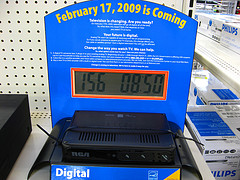

![Reblog this post [with Zemanta]](http://img.zemanta.com/reblog_e.png?x-id=b64f59b6-95ed-42ef-b1c0-1e8470ea880f)

![Reblog this post [with Zemanta]](http://img.zemanta.com/reblog_e.png?x-id=9fc3c372-113c-40d7-88a5-8e70ca971d9f)
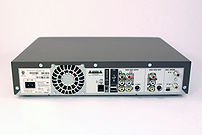

![Reblog this post [with Zemanta]](http://img.zemanta.com/reblog_e.png?x-id=e418597f-219d-46b6-9d38-34908b9735b0)
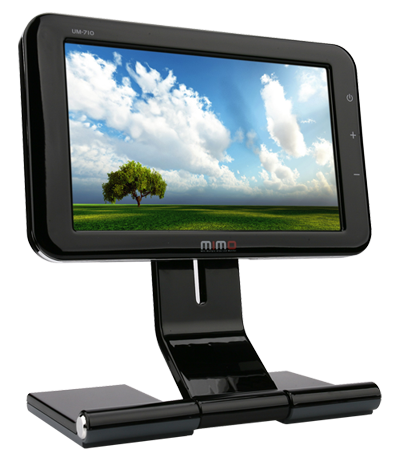

![Reblog this post [with Zemanta]](http://img.zemanta.com/reblog_e.png?x-id=d0f2f4eb-3292-430f-b769-3a983f2bfeb1)


![Reblog this post [with Zemanta]](http://img.zemanta.com/reblog_e.png?x-id=2bcf8bc1-e51b-493b-b5e2-e70bbea30e09)
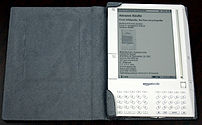

![Reblog this post [with Zemanta]](http://img.zemanta.com/reblog_e.png?x-id=7ed13cf3-d5d3-49a2-93ab-b6b2af2f787e)
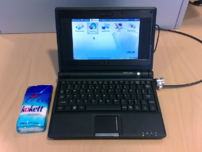

![Reblog this post [with Zemanta]](http://img.zemanta.com/reblog_e.png?x-id=61311da7-2ede-4dca-ab24-600da064aae0)

![Reblog this post [with Zemanta]](http://img.zemanta.com/reblog_e.png?x-id=9bb03c9a-9f29-4739-9f94-d8bb4bee5346)
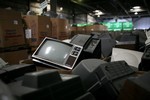

![Reblog this post [with Zemanta]](http://img.zemanta.com/reblog_e.png?x-id=2ea38774-f26d-4c99-89d6-b4b397114409)